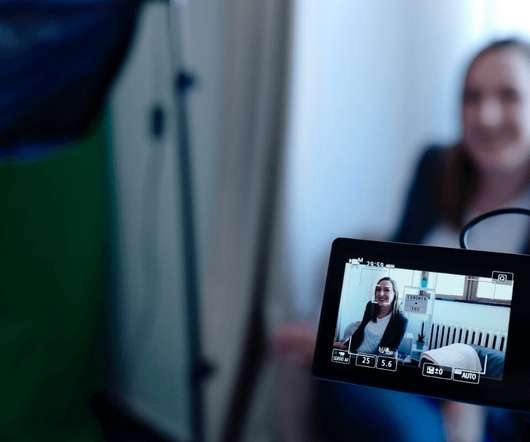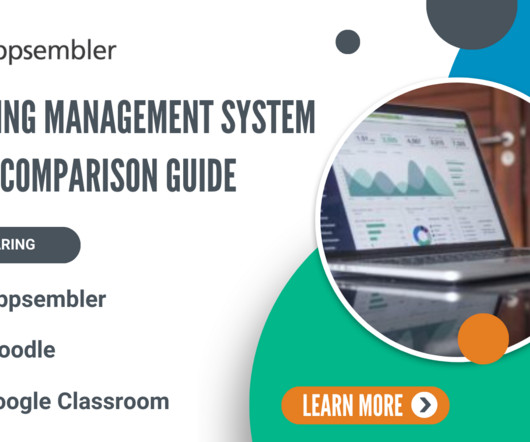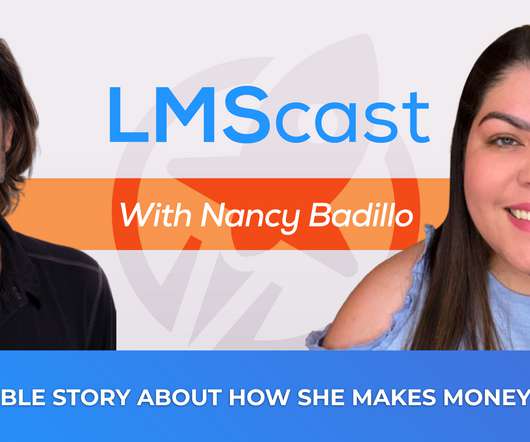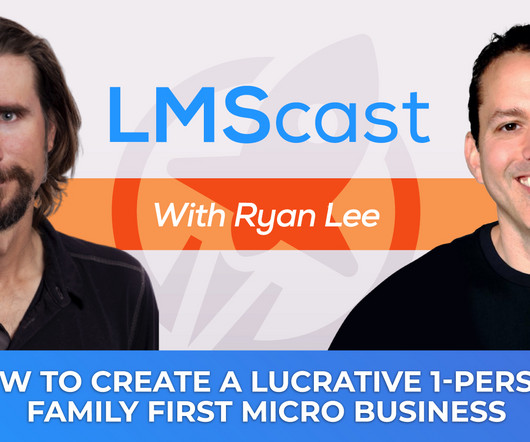The ongoing work of learning standards
Litmos
SEPTEMBER 15, 2017
After initial efforts in 1993, and bursts of energy circa 2000 and again in 2004, we’re seeing a new resurgence of activity and interest. From web activity streams, people started thinking about tracking other forms of activity. And that success doesn’t come within activity or learning data, but from business data.


































Let's personalize your content